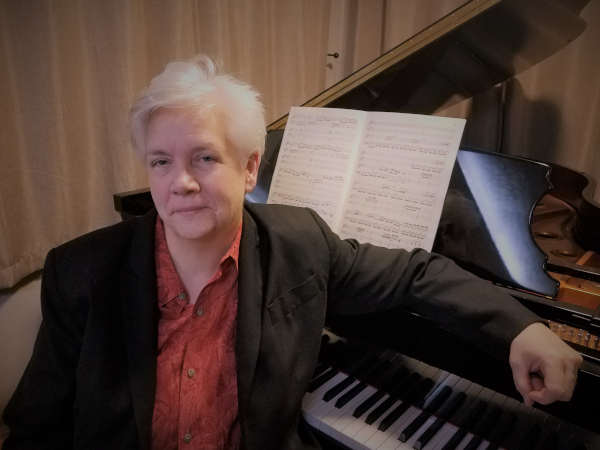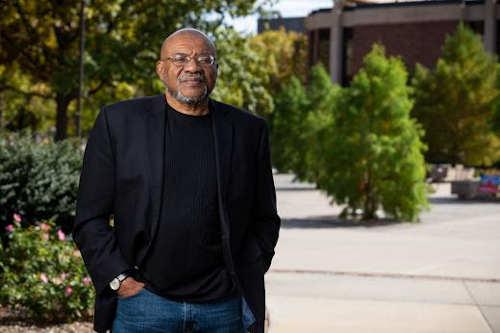- Debra Fredrickson
- Posted On
Lake County Symphony Association fall and Christmas concerts go virtual this year

LAKE COUNTY, Calif. — Members of the Lake County Symphony Association got a taste of Franz Joseph Haydn’s Piano Concerto No. 11 in August in a virtual presentation featuring LCSA Board President Camm Linden.
Now, Linden returns to the stage to play all three movements of Haydn’s Concerto in another virtual performance, conducted by John Parkinson.
The first public performance of this Concerto took place in Paris in 1784. According to the renowned Haydn scholar, H.C. Robbins Landon, this work soon became an audience favorite due to its “sparkling keyboard writing and general sense of energy.”
This joyful, upbeat musical offering was composed in a popular “galant” style which makes for easy listening. Watch for syncopated rhythms, crushed grace notes, and the passing of lyrical themes between the keyboard and orchestra.
Haydn is considered the “Father of the Symphony,” with 106 symphonies to his credit. Ironically, this was Haydn’s first concerto ever to include the use of wind instruments — something the current COVID-19 safety guidelines advise against.
So, the LCSA Chamber Orchestra is presenting this piece in a smartly adapted, all-strings version.
The symphony had hoped to play live and in person at the Soper Reese Theatre starting in November, but due to the County’s current COVID-19 numbers, this performance will once again be a virtual one, as will the very popular Christmas Concert.
The November concert premieres Sunday, Nov. 21, at 2 p.m. on Lake County Symphony’s YouTube channel.
Click on the link to LC Symphony Musicians on the LCSA website.
Linden is a longtime musician who studied piano at the Berklee College of Music in Boston, where she received the Duke Ellington Jazz Masters Award for Keyboard Excellence. She also earned a diploma in composition from the LA Film Music Institute and has a master’s in business management, along with a Doctorate of Music in composition and conducting.
Linden is semiretired from the motion picture industry where she specializes in composing scores for art films.
She also continues to work as an orchestra rehearsal conductor for various movie studio soundstages and recently has been engaged by several orchestral groups around the world to write arrangements for all non-wind instruments in the hopes of restarting their live music seasons during the pandemic.
Linden has traveled extensively performing on piano and guitar with her family music trio — vocalist Jude Darrin and pianist Slade Darrin — and has played both brass and percussion with orchestras from LA to Boston.
She currently plays trumpet (and sometimes, piano) with the Lake County Symphony Orchestra.








